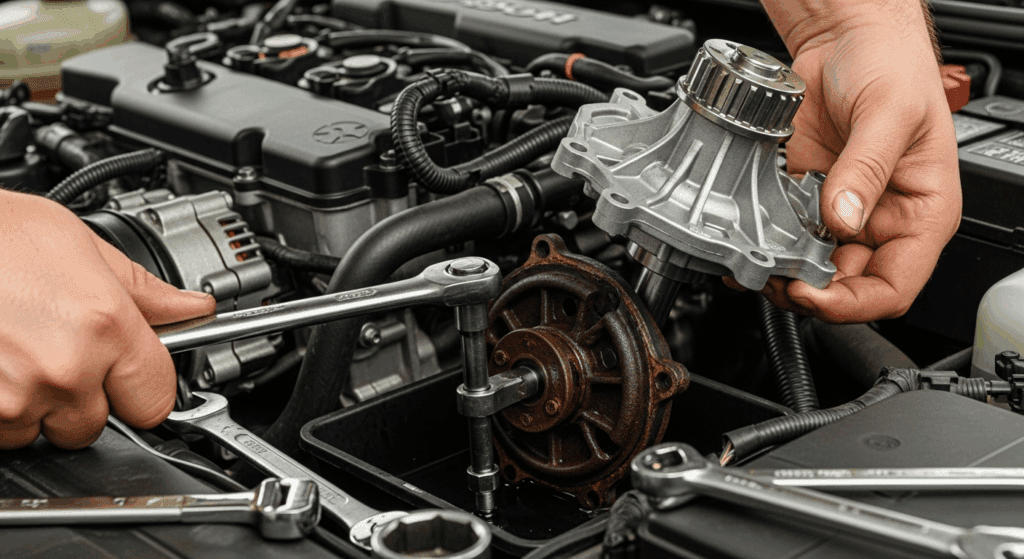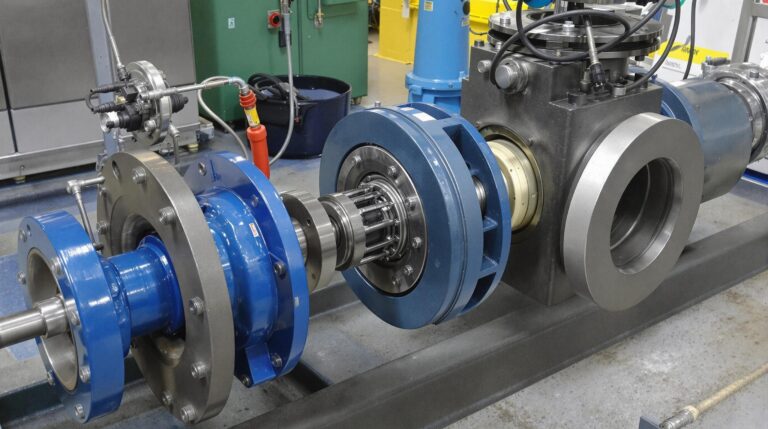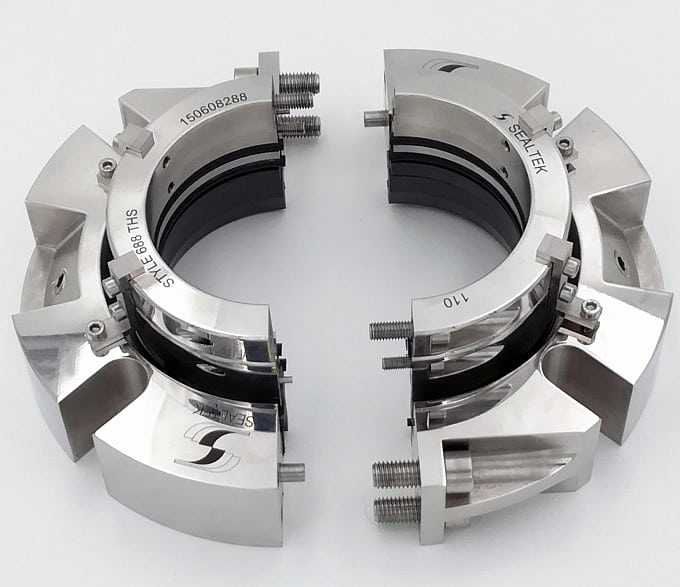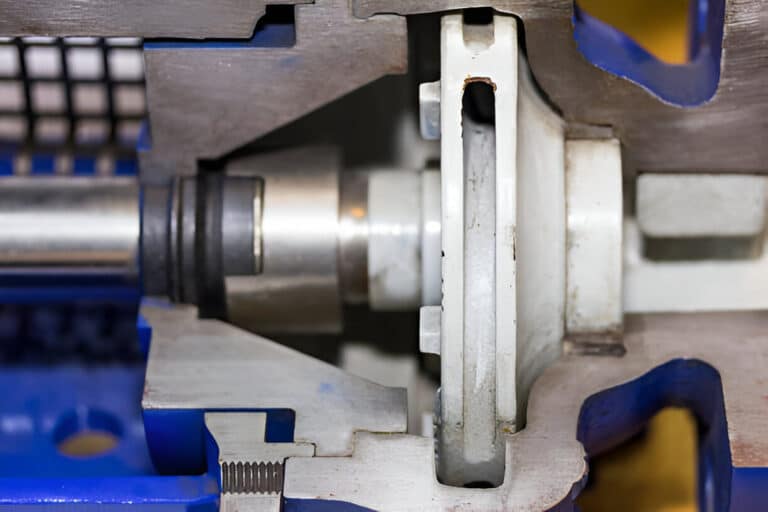Replacing a water pump typically takes 3 to 8 hours for most vehicles, though complex jobs on certain models can stretch up to 14 hours. The exact time depends on your car’s make and model, with simple front-mounted pumps taking just a few hours while timing belt-driven pumps require extensive disassembly.
Professional mechanics can usually complete the job faster than DIY repairs. They have specialized tools, experience with your specific vehicle, and can work without breaks.

Comparison of Professional Labor Times
| Vehicle / Model | Engine / Configuration | Professional Labor Time (Approx) |
|---|---|---|
| Toyota Camry (2017) – 2.5L I4 | FWD sedan, transverse I4; pump driven by external belt | ~3 hours (another shop quoted 3 hrs; dealer quoted 5–6 hrs). |
| Toyota Camry (2017) – 3.5L V6 | FWD sedan, transverse V6; pump in tight space | ~5–6 hours (V6 pump “a lot harder to get to” than I4). |
| Honda Accord (2005) – 3.0L V6 | FWD coupe/sedan, transverse V6; timing-belt-driven pump | ~4.6 hours (labor guide for V6 model). |
| Ford F-150 (2016) – 5.0L V8 | RWD truck, longitudinal V8; pump at front | ~2.4 hours (labor guide estimate). |
| Ford F-150 (2013) – 3.5L V6 | RWD truck, longitudinal twin-turbo V6; front pump | ~2.1 hours (labor guide estimate). |
| Chevrolet Silverado 2500HD (2004) – 6.0L V8 | RWD heavy-duty truck, longitudinal V8; front pump | ~1.8 hours (“Mitchell” book time for gas V8). |
| Chevrolet Silverado 2500HD (2006) – 6.6L Duramax Diesel V8 | RWD heavy-duty truck, longitudinal diesel; pump buried | ~9 hours (“book” time; very involved procedure). |
A Procedural Time Analysis
Here’s exactly what happens during a water pump replacement and how long each step takes.
Phase 1: Preparation and Safety (Approx. 15-30 minutes)
This initial phase takes 15 to 30 minutes and involves gathering tools, lifting the vehicle safely, and letting the engine cool completely. You’ll need basic hand tools, a drain pan, new coolant, and your replacement pump.
Most of this time is simply waiting. Use it to review your vehicle’s service manual and identify all the components you’ll need to remove.
Phase 2: Cooling System Drainage (Approx. 20-40 minutes)
Draining the coolant takes 20 to 40 minutes, depending on your radiator’s drain plug location and whether you’re dealing with stubborn, corroded connections. You’ll drain anywhere from 1 to 3 gallons of coolant that needs proper disposal.
The extra time often comes from wrestling with stuck drain plugs or waiting for slow-draining systems to empty completely.
Phase 3: Component Disassembly and Access (Approx. 30 minutes to 5+ hours)
This phase varies wildly from 30 minutes on older trucks with easily accessible pumps to over 5 hours on modern cars where the pump hides behind the timing cover. Front-wheel-drive vehicles with transverse engines are typically the worst.
Simple jobs might require removing just the fan and a few belts. Complex ones demand taking off the timing belt, covers, pulleys, motor mounts, and sometimes even lifting the engine.
This is where most DIY attempts fail. Without knowing exactly what needs removal, you can spend hours fighting unnecessary components.
Phase 4: Water Pump Removal (Approx. 15-30 minutes)
Actually removing the water pump takes just 15 to 30 minutes once you’ve gained access. It’s usually held by 4 to 8 bolts, though corrosion can make them stubborn.
The pump might be stuck to the engine block after years of heat cycles. Gentle tapping with a rubber mallet usually breaks it free.
Watch for coolant still trapped behind the pump. It will spill out once you break the seal.
Phase 5: Surface Preparation (Approx. 20-45 minutes)
Cleaning the mounting surface takes 20 to 45 minutes and determines whether your new pump seals properly. You’re scraping off old gasket material and ensuring perfectly flat, clean metal-to-metal contact.
Skip this step and you’ll have leaks immediately. Every bit of old gasket must come off.
Use a plastic scraper on aluminum surfaces. Metal scrapers can gouge the soft aluminum, creating leak paths.
Phase 6: New Pump Installation and Reassembly (Approx. 45 minutes to 5+ hours)
Installing the new pump and reassembling everything takes 45 minutes for simple setups to over 5 hours for timing belt jobs. You’re essentially reversing the disassembly process, but with fresh gaskets and proper torque specifications.
Timing belt-driven pumps require setting the engine timing correctly. Get this wrong and you’ll bend valves when you start the engine.
Many mechanics recommend replacing the thermostat, hoses, and belts while everything’s apart. This adds time but prevents future failures.
Phase 7: System Refill and Bleeding (Approx. 30-60 minutes)
Refilling and bleeding air from the cooling system takes 30 to 60 minutes and requires patience. Air pockets cause overheating, so you must remove every bubble.
Most vehicles need specific bleeding procedures. Some have bleeder valves, while others require special funnels or repeated heat cycles.
You’ll typically add coolant, run the engine with the heater on full blast, let it cool, and top off again. This process might repeat three or four times.
FAQs
What are the signs my water pump needs replacement?
Look for coolant leaks near the pump, grinding noises from the pump bearing, engine overheating, or steam from under the hood. A wobbling pump pulley or coolant in your oil also indicate immediate replacement is needed.
Can I drive with a leaking water pump?
No, driving with a leaking water pump risks severe engine damage from overheating. Even a small leak can quickly drain your coolant, causing your engine to overheat within minutes and potentially requiring a complete engine replacement.
How much does professional water pump replacement cost?
Professional replacement typically costs $300 to $800 including parts and labor. Luxury vehicles or those requiring timing belt removal can reach $1,500. The pump itself costs $50 to $200, with labor making up most of the expense.
Should I replace the timing belt with the water pump?
Yes, if your water pump is driven by the timing belt, replace both together. They have similar lifespans, and you’re already paying for the labor to access that area. Doing them separately doubles your labor costs.
How often should water pumps be replaced?
Water pumps typically last 60,000 to 100,000 miles. Check your owner’s manual for specific intervals. Some modern pumps last the vehicle’s lifetime, while others need replacement with every second timing belt change.
Can I fix a water pump leak without replacing it?
No, water pump leaks can’t be permanently fixed with sealants or stop-leak products. The pump has internal seals and bearings that wear out. Temporary fixes might buy you a few days but will ultimately fail, potentially causing engine damage.




